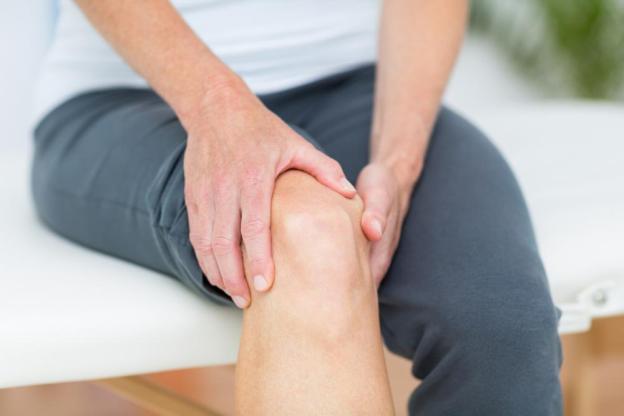3 Key Reasons for a Failed ACL Surgery - Sports Medicine Clinic
3 Key Reasons for a Failed ACL Surgery - Sports Medicine Clinic
The anterior cruciate ligament (ACL) is a vital stabilizing ligament that’s located in the center of the knee. It’s a rope-like structure that runs from the femur to the tibia.
Direct trauma and strenuous sports activities can cause a tear in the ligament. This leads to instability and long-term knee pain, which can only be treated with ACL reconstruction surgery.
Each year, around a million ACL injuries are reported in Canada and the United States. The injury, following surgery, and the recovery period can take as long as a year.
The Process of an ACL Surgery
Surgery for an ACL injury involves reconstructing or repairing the torn ligament using a graft. Grafts are commonly created using parts of the patient’s body, such as the patellar tendon or a hamstring tendon.
The orthopedic surgeon makes a small incision in the knee to insert instruments in it to replace the torn ligament with a healthy one. A successful ACL reconstruction restores the full mobility of the knee joint and allows the knee to regain the original strength and stability.
Reasons behind Failed ACL Surgeries
ACL surgeries have a success rate of 75–90%. The failure of an unsuccessful ACL reconstruction can be linked to the following reasons:
Inaccurate Drill Hole Placement:
Placing the graft in the accurate location is one of the most important aspects of a successful ACL surgery. The graft must be secured through tunnels drilled into the tibia and the femur. Even a slight variation in the location of the drill holes can lengthen the graft and add abnormal stresses.
This results in improper alignment of the ligament, which prevents the ACL from healing properly. With the latest computer-guided methods, accurate placement of drill holes has become possible reducing the risk of a failed ACL surgery.
Failure of Fixation
The most delicate part of the ACL reconstruction is fixing the graft to the torn ligament. There are two points of attachment where the graft tissue is attached to the bone tissue and secured to allow it to incorporate into the ligament.
The graft is secured using bioabsorbable interference screws, belt-buckle staple techniques, cross pin, or endobutton. If the fixation doesn’t achieve sufficient stiffness and strength, it can lead to degradation and inflammatory responses over time.
Arthrofibrosis
Arthrofibrosis is the development of scar tissue around the torn ligament after the injury or the surgery. It can occur in 2–35% of the ACL reconstruction surgeries. Although rare, this complication can be devastating and can hinder full mobility of the ACL.
Although the likelihood of arthrofibrosis can decrease by performing certain motion exercises before and after surgery, some people will develop the condition no matter what. A careful rehabilitation program incorporating arthroscopic surgical debridement generally results in a successful outcome of the ACL reconstruction.
Expert Sports Medicine Doctors in Toronto!
Sports & Exercise Medicine Institute is one of the most reputable sports medicine and physiotherapy clinics. SEMI is home to the leading physiotherapists and sport medicine professionals in the greater Toronto area including Sheppard, St. Clair and Thornhill.
We provide expert diagnoses and treatments of various sports injuries, chronic painful conditions, and debilitating illnesses.
Our range of services includes podiatry and prescription orthotics, PRP treatments, concussion treatment, shockwave therapy, and custom made knee braces.
Contact us now to schedule an appointment!
Be the first to post a message!
